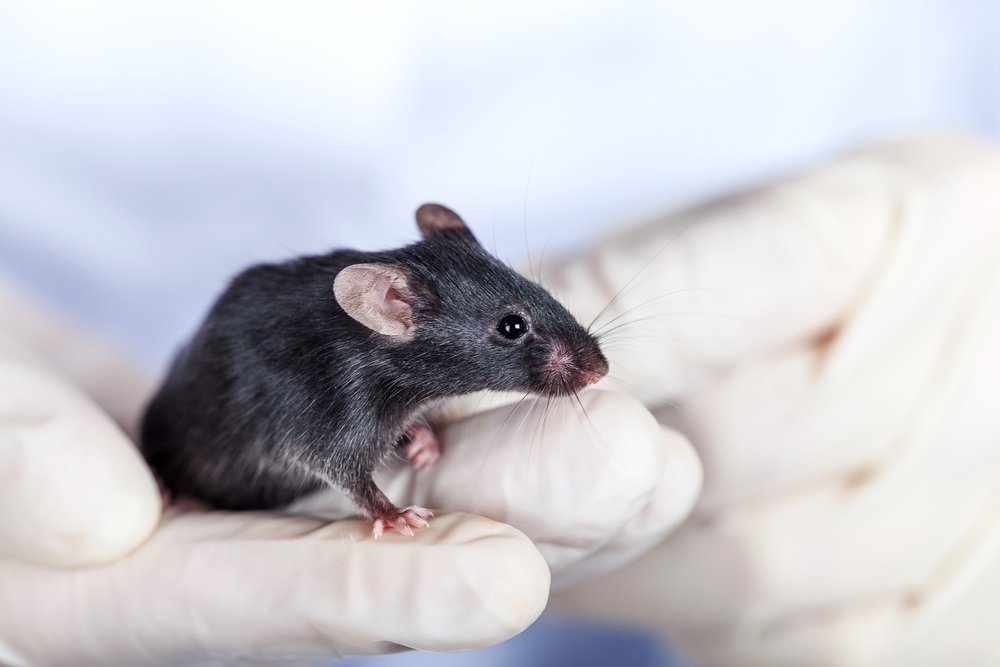Diethylcarbamazine, an Anti-parasitic Therapy, Prevents PH in Mice, Brazilian Study Finds

Diethylcarbamazine, a compound used to fight a tropical parasitic disease, might effectively treat pulmonary hypertension (PH), a Brazilian research team concluded after observing the drug’s effect on mice.
Their study, “Diethylcarbamazine: A potential treatment drug for pulmonary hypertension?” appeared in the journal Toxicology and Applied Pharmacology. It found that diethylcarbamazine affected disease processes at a molecular level, preventing collagen deposits and returning cell death mechanisms to normal.
Earlier studies by the research team at Recife’s Aggeu Magalhães Research Center, in the northeastern state of Pernambuco, had indicated that the drug has anti-inflammatory properties in models of acute lung injury. Diethylcarbamazine has long been used against lymphatic filariasis, a disease spread by mosquitos. Additional studies made them suspect that the compound might benefit PH patients.
To test the idea, they triggered PH in mice by treating them with a chemical called monocrotaline for four weeks. This damages blood vessels with an accumulation of inflammatory cells, eventually causing lung hypertension.
The study showed that doing so led to several changes typical of lung hypertension disease processes. Mice had abnormal blood flow in the pulmonary artery and right side of the heart. Blood vessels were remodeled with a high amount of collagen and more smooth muscle surrounding the vessels.
Mice with pulmonary hypertension also had lower than normal levels of bone morphogenetic protein receptor 2 (BMPR2) — a feature researchers think contributes to disease processes. They also had higher levels of VEGF (vascular endothelial growth factor), which boosts the growth of blood vessels.
All these disease features were prevented when the team treated mice with diethylcarbamazine. That also normalized a lack of so-called apoptotic signaling in the mice, the said.
Apoptosis is a self-destruction mechanism that creates a balance by making sure cells die when new ones are generated. Mice with PH had low levels of several factors involved in the self-destruction of cells. That promoted fibrosis and the growth of muscle tissue surrounding lung blood vessels.







